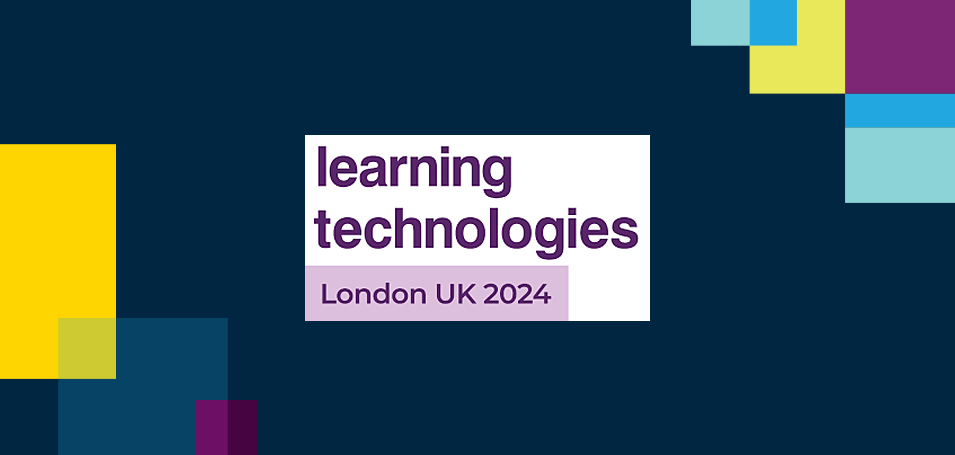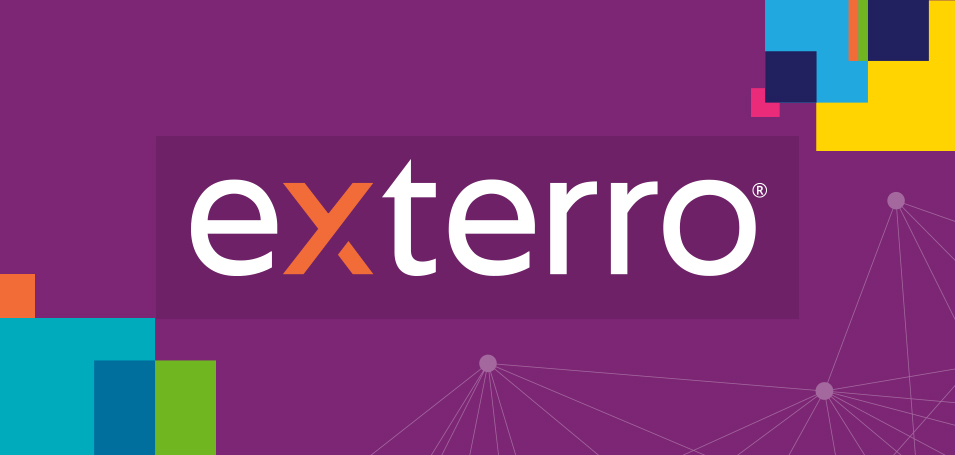I had the privilege this morning of sharing some valuable insights with our COGNITION23 audience on how to align with customers for maximum value. My colleague, Jon Synnott, Senior Director of Customer Success, joined me in discussing our journey at Thought Industries, and I’m excited to recap the key takeaways for you.
Defining (Real) Customer Value
First things first, let’s talk about the heart of any business: customers. If customers don’t perceive value in what you offer, they won’t stick around. And on the flip side, satisfied customers become loyal advocates. So, the big question is, “How can we help our customers achieve that maximum value?”
Customers’ expectations have evolved right alongside technology. They no longer settle for a mere product or service; they demand tailored solutions that exceed their expectations. This shift in mindset has led to the emergence of customer-focused metrics. Think Net Promoter Score, Customer Satisfaction, and Customer Lifetime Value. Sustainable growth, driven by consistently delivering value, is the Holy Grail for companies today.
Project Relay: Making CX a Cross-Functional Activity
I had the chance today to introduce our community to “Project Relay,” a remarkable initiative that emerged from our passion for enhancing customer experiences. This project has encouraged collaboration across departments to facilitate information sharing and ensure our customers receive even more value. Project Relay is like a relay race, where each team passes the “baton of information” to the next. This way, each team contributes to our customers’ success.
Ultimately, this project came from a place of wanting to better understand our customers and the broader training industry. What trends and needs do we see across our customer base that we can solve with enhancements to the product? And, we want to be able to then share these insights with our customers. It can helping with milestones like customer benchmarking and best-in-class program mapping.
What Success Planning Looks Like in Practice
Contrary to common belief, the primary goal of Customer Success Managers (CSMs) isn’t just reducing churn or increasing retention. CSMs’ main focus is to help clients achieve success with our product by delivering customer value. Success planning, for Jon’s team, means we need to understand what success means for each client, which involves two key steps:
- Learn what success looks like for the business. This could be revenue, expansion, or brand recognition. This helps pinpoint more specific success metrics that contribute up to one or more of these goals.
- Identify the risks that need to be managed. These are business risks that the project team needs to manage to ensure a strong program and foundation is built – one that can carry their goals over the finish line.
What really demonstrated to me that this approach was working for our customers was this quote Jon overheard in a planning session:
“TI’s unique approach to Success Planning really challenged my team to dig deep into capturing and understanding the multi-faceted elements of success, over and above the obvious, revenue. This included efficiencies, scale, brand value among others, but critically identifying internal challenges at an early stage was the difference between success and failure.”
What Lies Ahead for CX at Thought Industries
Looking forward to 2024, we’re excited to take “Project Relay” to the next level. We aim to create Customer Value Mapping that extends beyond the initial configuration, allowing us to track future changes and share insights with our customers. Our product team is eager to utilize this data for client research, ensuring our platform continues to meet your evolving needs.
As we wrapped up the session, I left our audience with a handful of key questions that I think make a massive impact on learning leaders’ mindsets:
- What are the key tasks your customers frequently perform with your product, and how can you present them more clearly?
- What are your customers’ primary goals, and how can you assist them in tracking their success?
- Which teams in your organization are keen on understanding your customers better?
- How can you evolve your offering to address the challenges your clients are facing?
- How can you nurture a genuine partnership grounded in trust and mutual respect?
I hope these insights help you as you embark on your own journey to maximize customer value.



